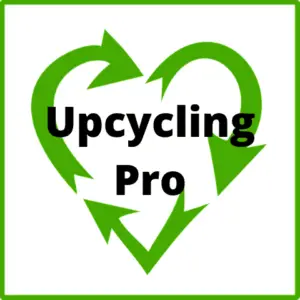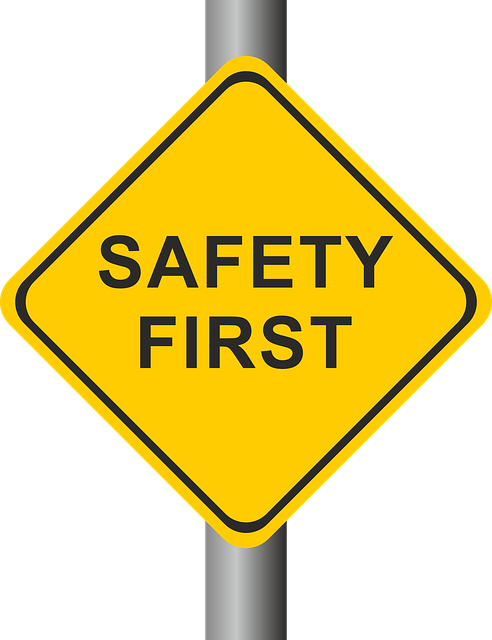Cardboard is one of the most widely used materials for packaging in the world. It is easy to handle, lightweight, and can be recycled multiple times. However, cardboard waste has become a major environmental issue, with millions of tons ending up in landfills every year. To address this problem, safe cardboard recycling is necessary.
Recycling cardboard is not only environmentally friendly, but it is also cost-effective. Recycling one ton of cardboard saves 9 cubic yards of landfill space, 46 gallons of oil, and 4,100 kilowatt-hours of electricity. Here are some tips for safe cardboard recycling:
1. Flatten Cardboard Boxes:
Before recycling, it is important to flatten cardboard boxes. This will save space in the recycling bin and ensure that more cardboard can be transported at once, reducing transportation costs. Flattening the boxes also helps to prevent injuries to recycling workers who may have to handle the boxes.
2. Remove Any Contaminants:
Cardboard should be free of any contaminants before recycling. This includes any food residue, grease, or other substances that could damage the recycling equipment or contaminate other materials. Contaminated cardboard is not recyclable and must be disposed of in a landfill.
3. Identify Recyclable Cardboard:
Not all cardboard is recyclable. For example, cardboard that is waxed or coated with plastic cannot be recycled. It is important to identify the type of cardboard being recycled to ensure that it can be processed effectively.
4. Find a Recycling Center:
Many communities have curbside recycling programs that accept cardboard. However, if curbside recycling is not available, it is important to find a recycling center that accepts cardboard. These centers often also accept other materials such as paper, glass, and plastic, making it easy to recycle all types of materials in one location.
5. Recycle Often:
Recycling cardboard should be a regular habit. Instead of throwing cardboard in the trash, make it a point to recycle it. Set up a recycling bin in your home or office, and encourage others to do the same. The more cardboard that is recycled, the less ends up in landfills and the more resources are conserved.
In conclusion, safe cardboard recycling is essential for reducing waste and preserving the environment. By flattening cardboard boxes, removing contaminants, identifying recyclable cardboard, finding a recycling center, and recycling often, we can all do our part to ensure that cardboard waste is minimized and resources are conserved.


